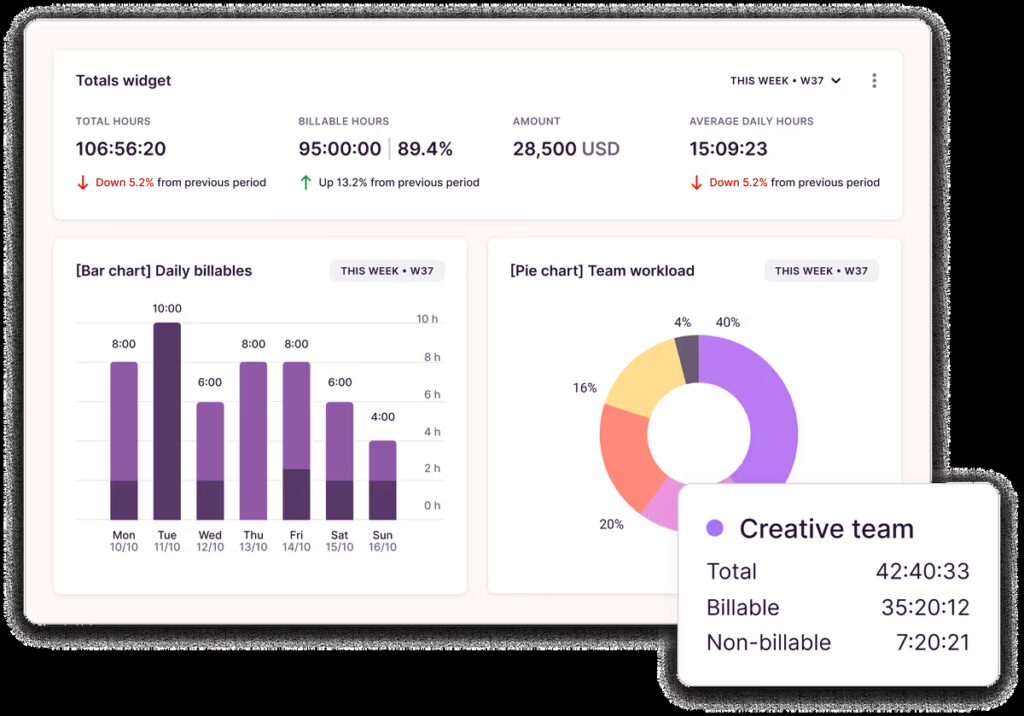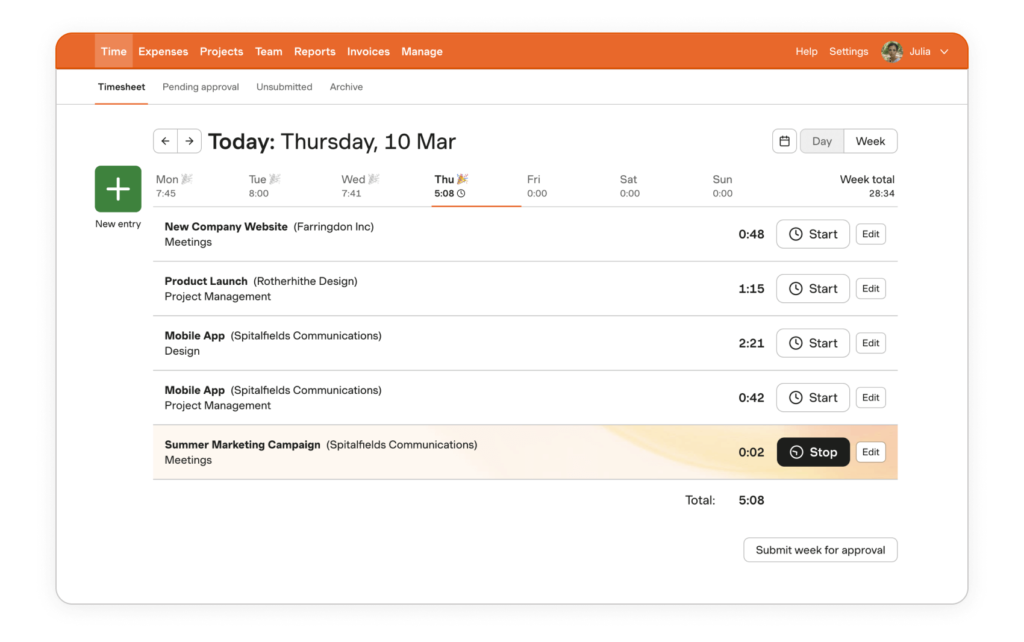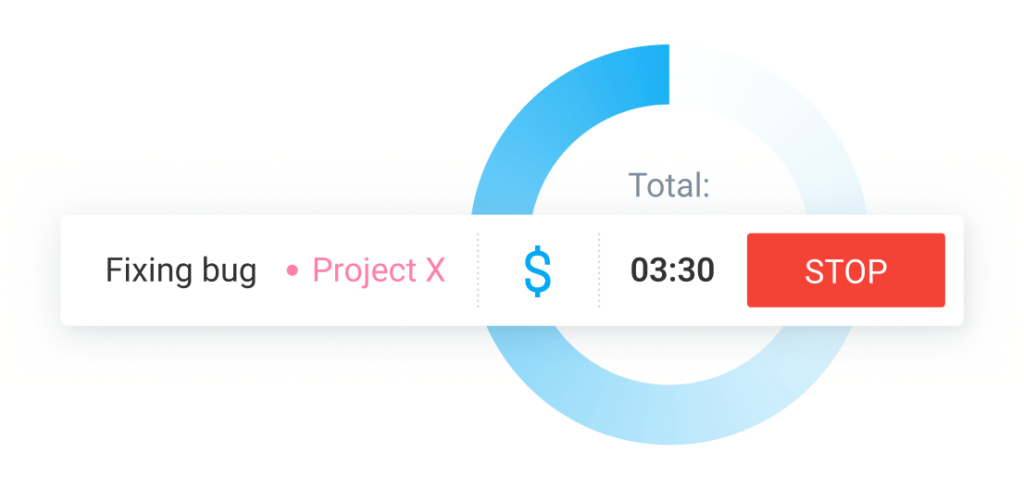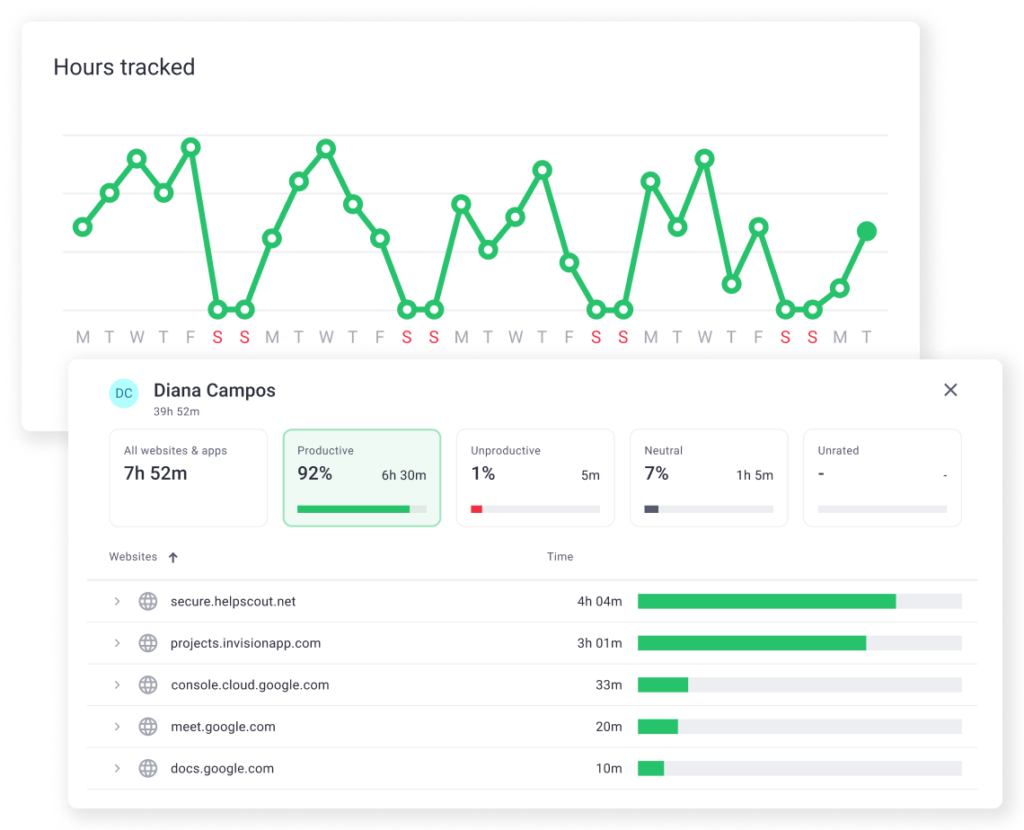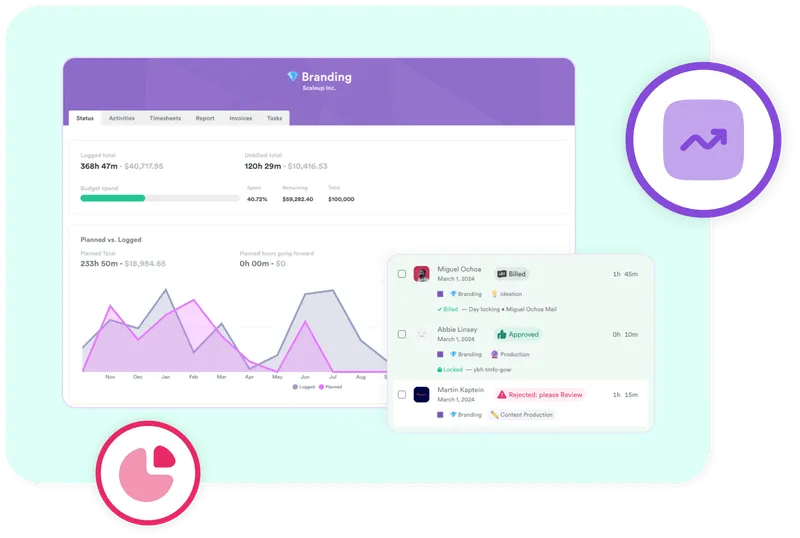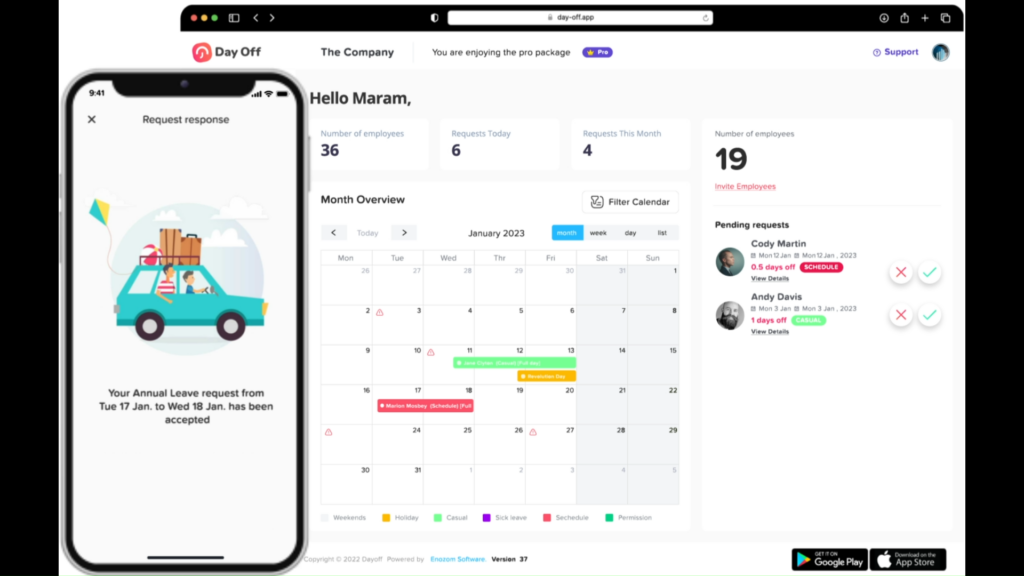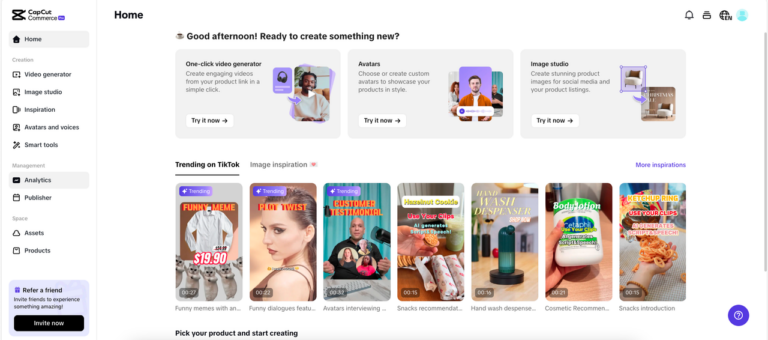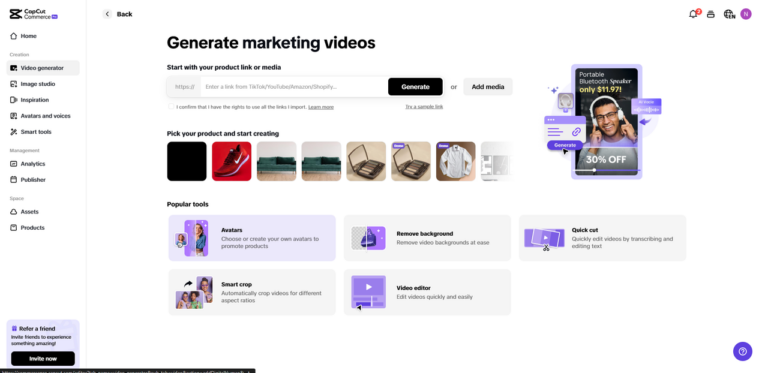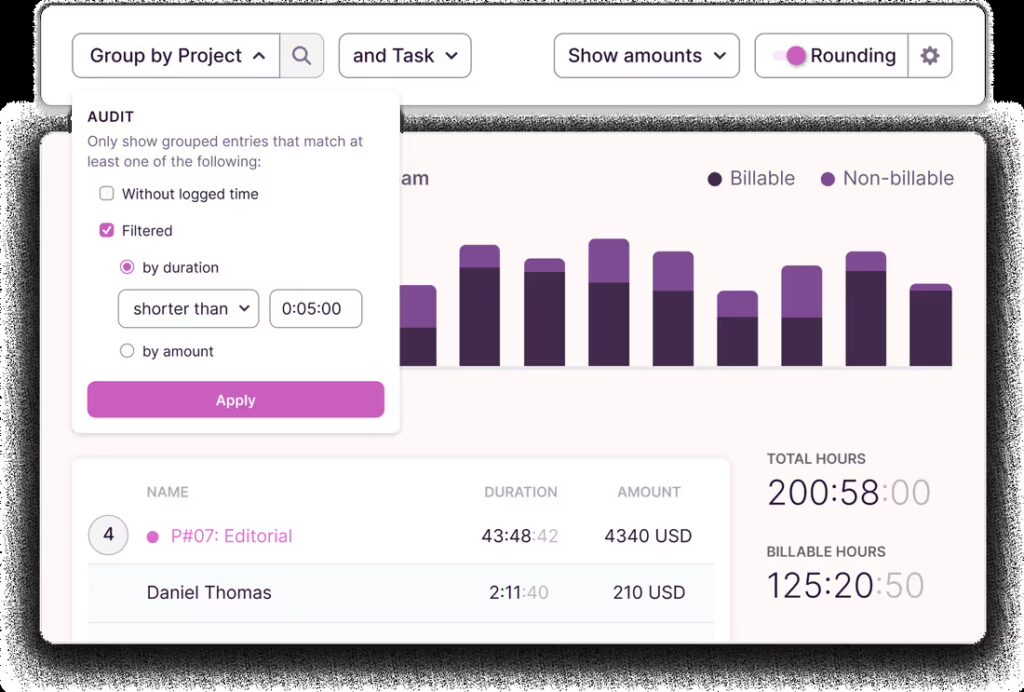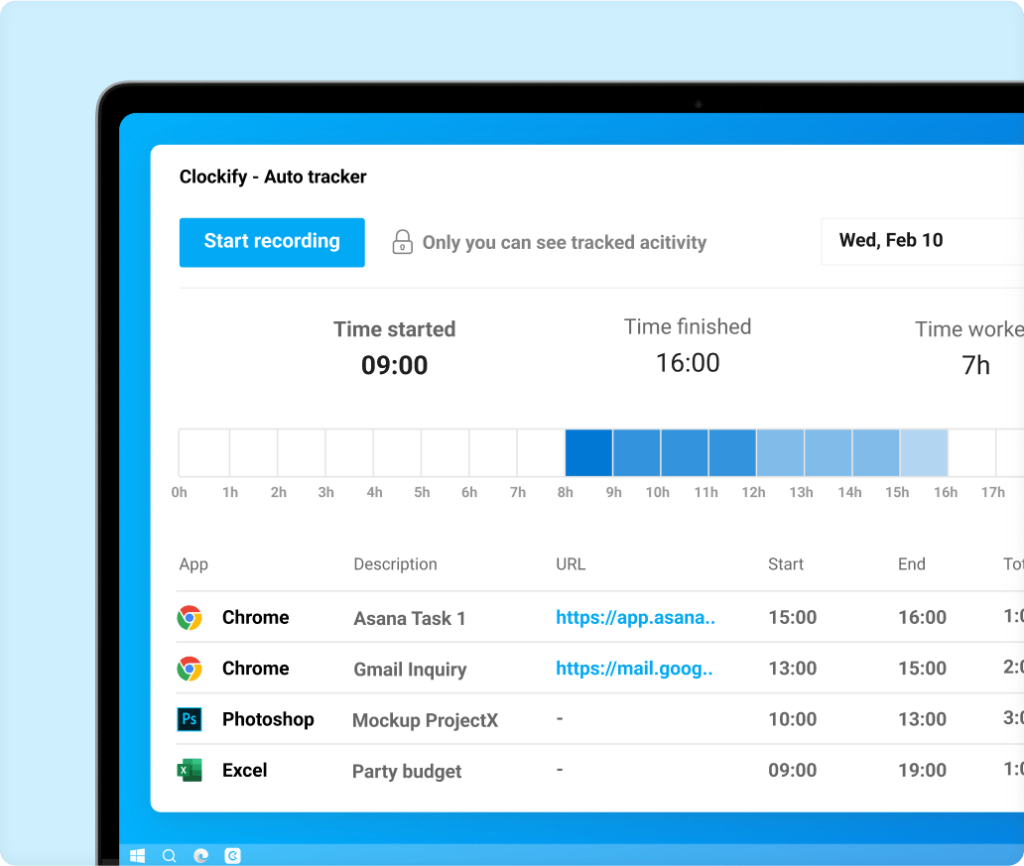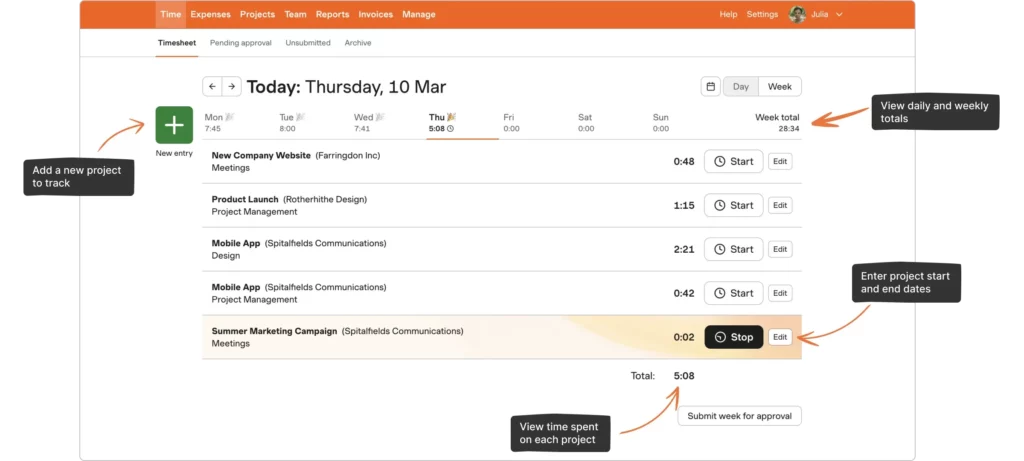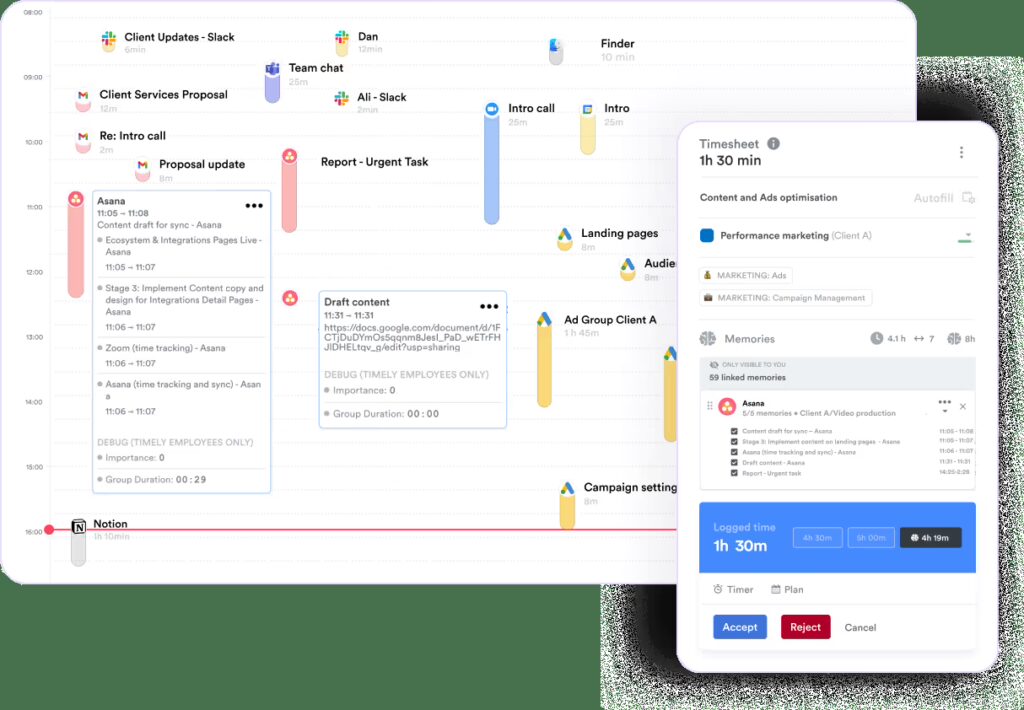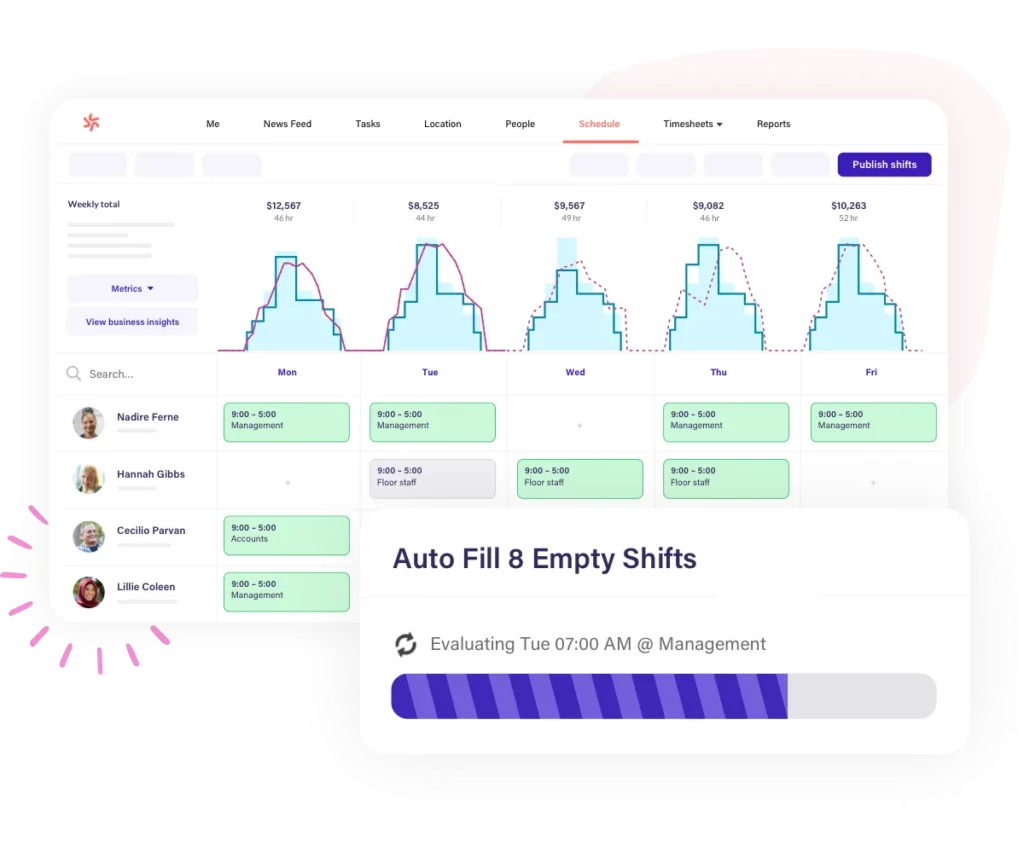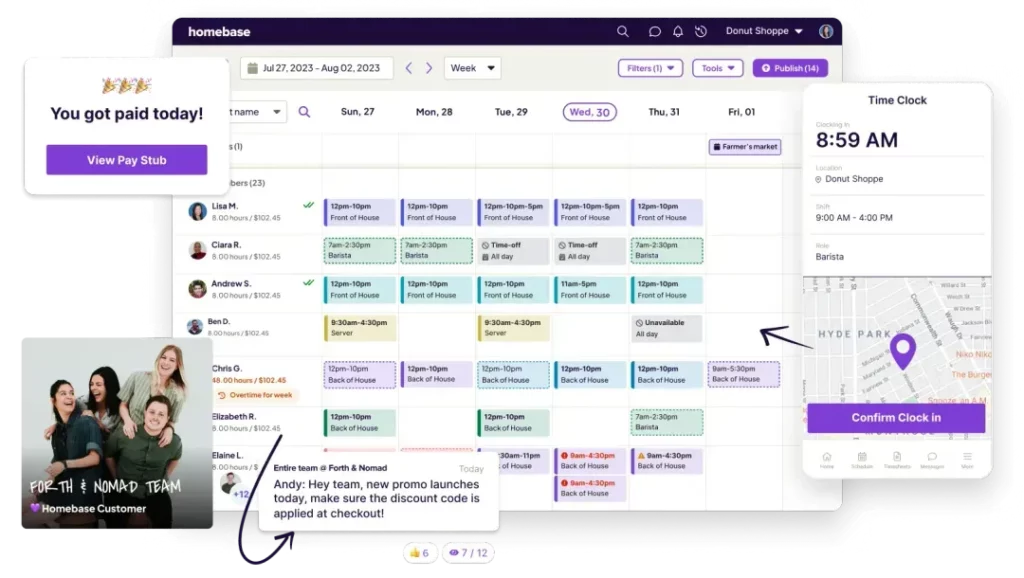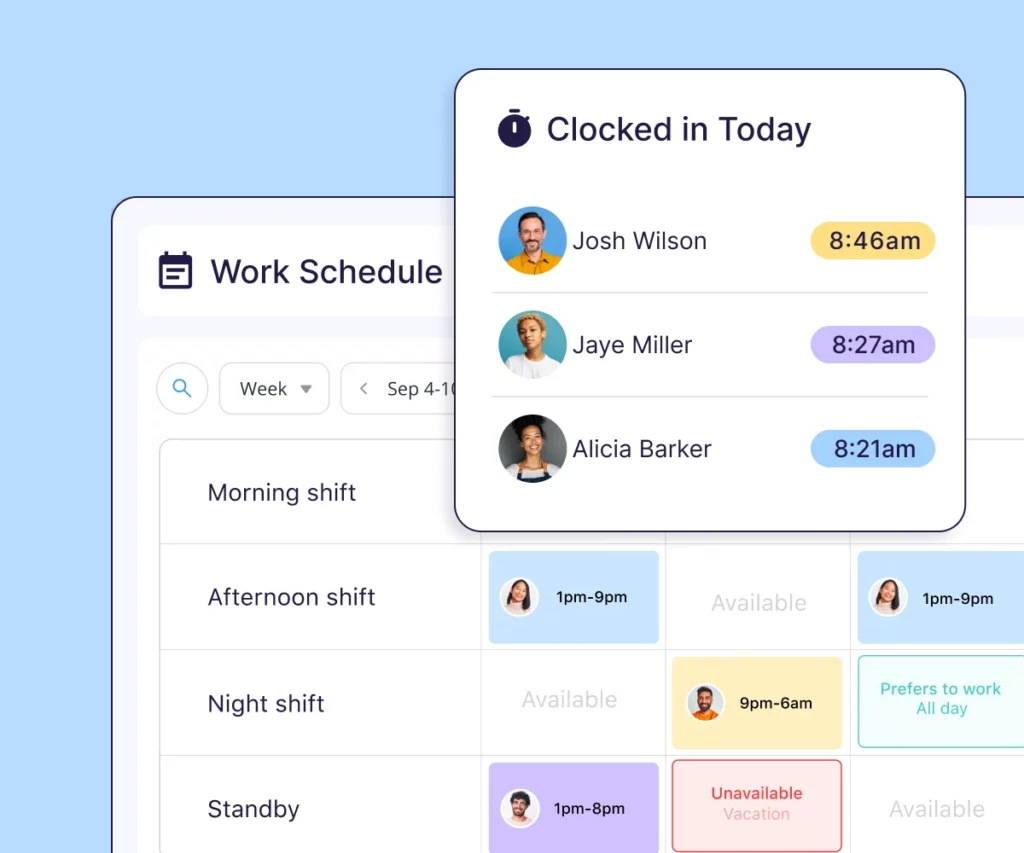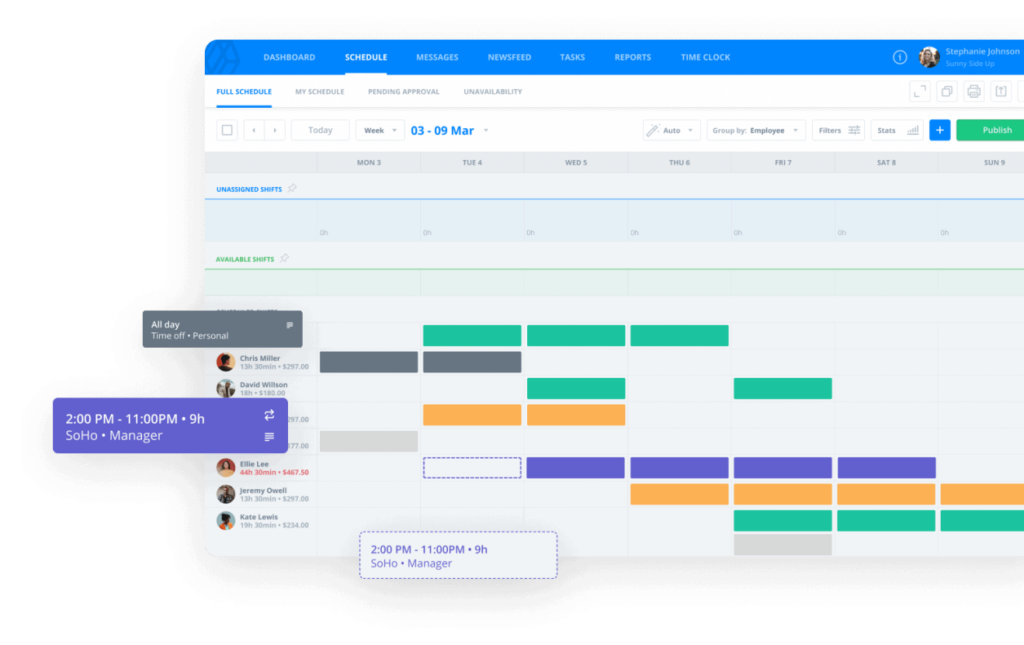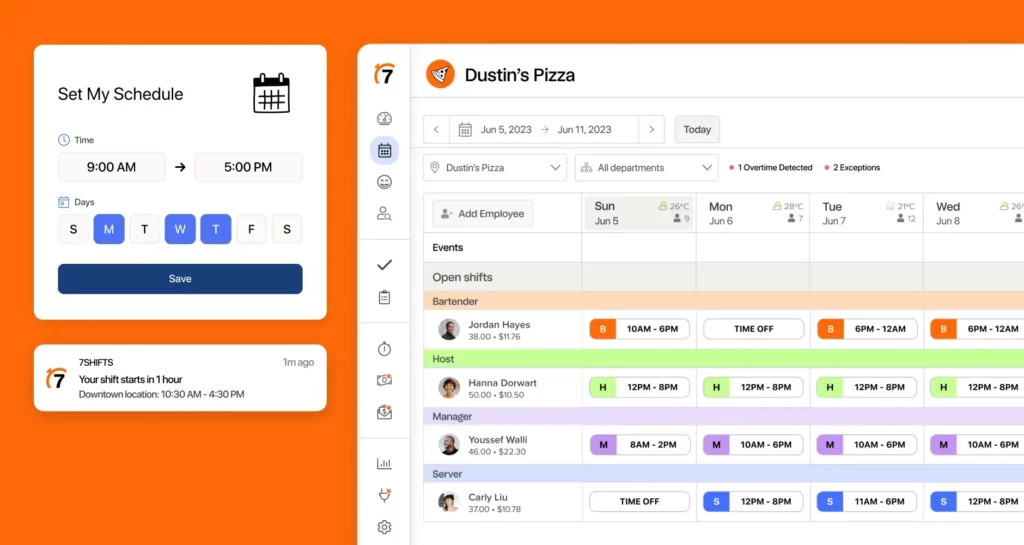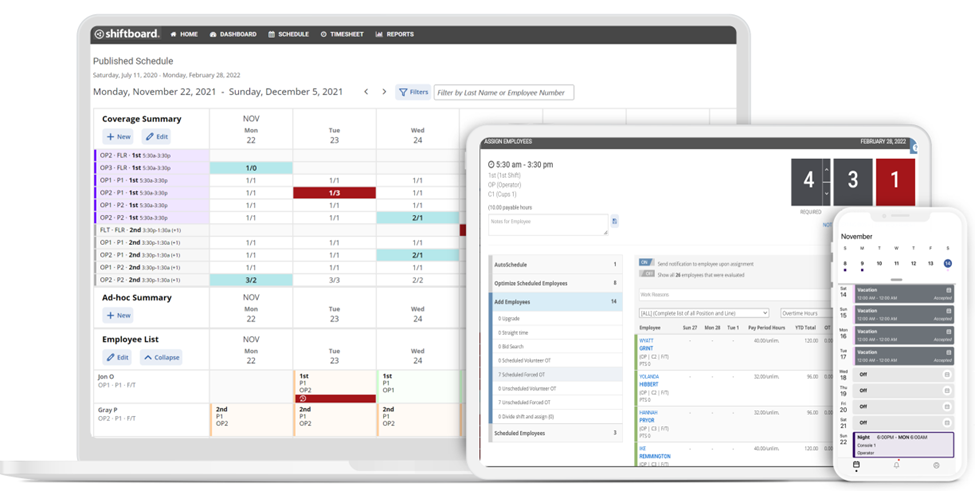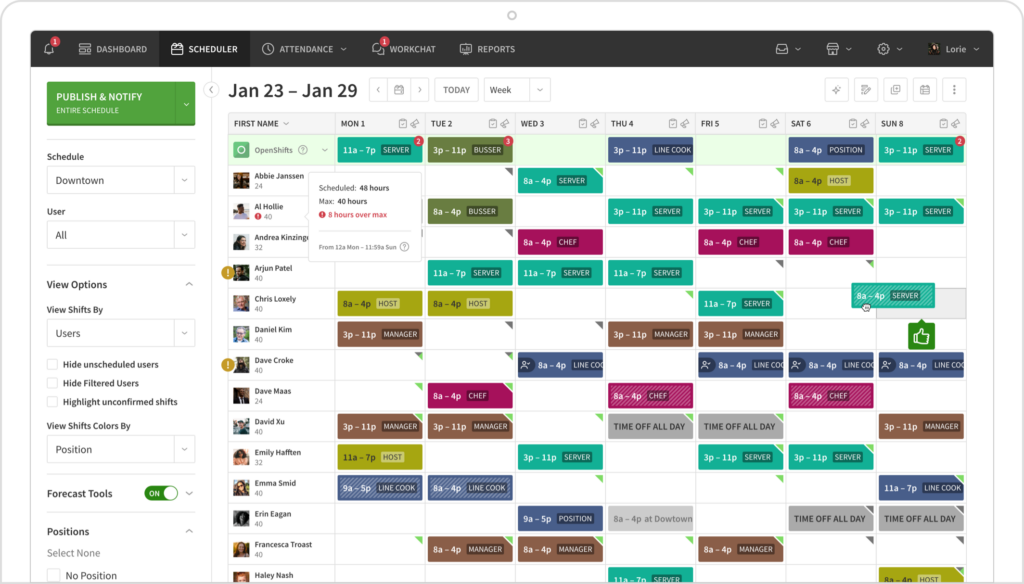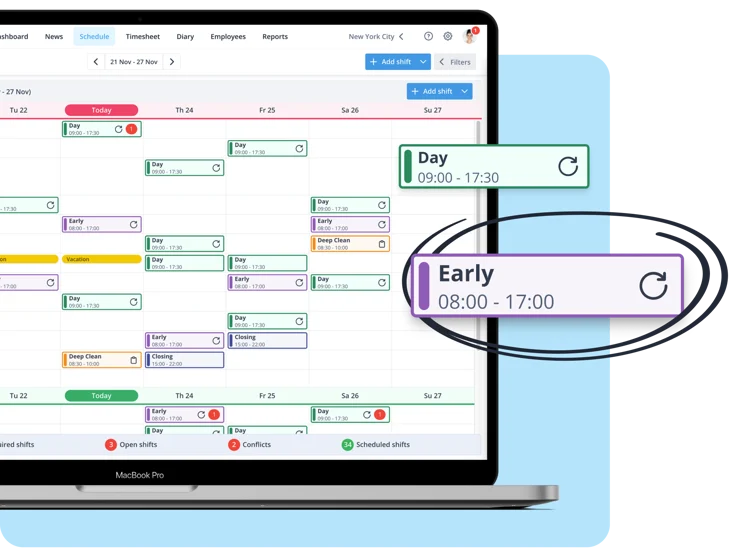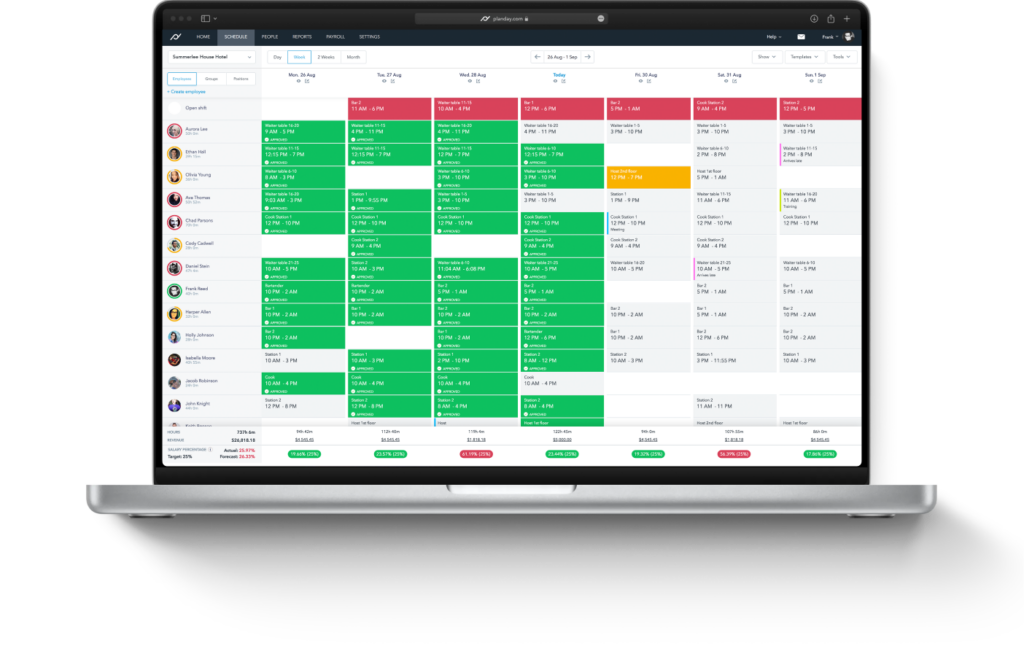California is not only known for its sunny weather and tech hubs but also for its leadership in progressive labor policy. As one of the most influential states in the U.S., California often sets the tone for labor practices nationwide. From steadily increasing minimum wages to implementing paid leave policies, the state has created a framework that aims to protect and empower workers, while also setting clear expectations for employers.
This guide dives deeply into California’s minimum wage laws and Paid Time Off (PTO) standards. Whether you’re an employee navigating your rights or a business owner managing compliance, this article will serve as a valuable resource to understand how wage and leave laws affect you in 2025 and beyond.
1. The Evolution of California’s Minimum Wage
Historical Overview
California’s journey toward establishing a fair wage system began over a century ago. The state’s earliest wage protections date back to 1916, when it implemented wage boards to establish minimum wage levels—primarily to protect women and minors from exploitative working conditions. At the time, there were no federal regulations, and workers in many industries were subjected to extremely low wages, long hours, and unsafe conditions.
The Fair Labor Standards Act (FLSA) of 1938 was a major federal milestone that introduced a national minimum wage, but California frequently surpassed it. Driven by its high cost of living and strong labor advocacy, California has often been the first to experiment with bold wage increases, attempting to balance economic growth with fair compensation.
Key Developments Through the Years
In 2016, California made headlines by becoming the first state to commit to a $15 minimum wage, to be implemented gradually over several years. This plan represented a significant shift in public policy, driven by grassroots movements like “Fight for $15,” which highlighted the struggles of low-wage workers in urban centers like Los Angeles and San Francisco.
By 2023, California eliminated the tiered system that differentiated between small and large businesses, unifying the minimum wage to provide equal pay standards regardless of company size. This change simplified compliance and reflected the state’s broader commitment to wage fairness.
2. California Minimum Wage in 2025
Statewide Minimum Wage
As of January 1, 2025, the statewide minimum wage is $16.00 per hour for all workers, regardless of the size or nature of their employer. This wage applies to full-time, part-time, and temporary employees across virtually all industries.
What makes California unique is that its minimum wage applies even if the federal minimum wage is lower, which it currently is ($7.25 at the federal level). This higher baseline reflects the high cost of living in California, where basic expenses such as rent, groceries, and transportation are among the highest in the country.
Inflation-Based Adjustments
In 2024, California implemented automatic inflation adjustments tied to the Consumer Price Index (CPI). This ensures that workers’ earnings do not lose value over time due to inflation. Instead of needing legislative action for each increase, the law now mandates annual reviews and adjustments.
This approach provides predictability for workers and planning time for employers, allowing both sides to anticipate wage increases and adjust budgets or expectations accordingly.
3. Sector-Specific Minimum Wages
Fast Food Industry
Starting April 1, 2024, California set a landmark precedent by introducing a sector-specific wage for fast food workers, setting their minimum pay at $20.00 per hour. This decision emerged from the fast food industry’s reputation for low pay, high turnover, and inconsistent hours.
This wage applies specifically to chains with 60 or more locations nationwide, and was introduced under Assembly Bill 1228. The goal was not just to improve living standards for workers, but also to elevate the reputation of the industry and stabilize employment.
Healthcare Industry
Another groundbreaking change came with Senate Bill 525, which mandates a minimum wage of up to $23.00 per hour for many healthcare workers, including hospital staff, technicians, and janitorial workers in health facilities.
This decision recognizes the invaluable role of healthcare workers—especially during public health crises like COVID-19—and seeks to address labor shortages, burnout, and wage disparities in the sector.
4. Regional Minimum Wage Laws
California’s diverse geography and economics mean that a one-size-fits-all wage often doesn’t work. To address this, cities and counties are allowed to set local minimum wages higher than the state minimum.
Why Local Wages Matter
In areas like the Bay Area or Southern California, the cost of rent, transportation, and food far exceeds the state average. A $16 hourly wage in Fresno or Bakersfield may offer a reasonable quality of life, but in San Francisco or Los Angeles, it can fall far short.
Examples of Local Rates (2024–2025)
San Francisco: $18.07/hour
Emeryville: $19.36/hour
Mountain View: $18.75/hour
Los Angeles: $17.28/hour
Berkeley: $18.67/hour
These cities review and adjust their minimum wages annually, often based on inflation or regional CPI. Employers must stay up to date with these changes to remain compliant, especially if they operate across multiple cities.
5. Paid Time Off (PTO) in California
Understanding PTO
Paid Time Off (PTO) refers to paid leave that employees can use for any purpose—vacation, illness, mental health, personal obligations, or emergencies. It’s a flexible system that offers more autonomy compared to traditional separate vacation and sick leave banks.
While California doesn’t mandate PTO in the general sense, it does require paid sick leave, and many employers voluntarily implement more comprehensive PTO policies to attract and retain top talent.
California’s Paid Sick Leave Requirements
Under the Healthy Workplaces, Healthy Families Act of 2014, California employers must provide:
Rückstellung: 1 hour of paid sick leave for every 30 hours worked.
Availability: At least 3 days or 24 hours of paid sick leave per year.
Übertrag: Up to 48 hours of unused sick leave can be carried into the next year.
Some municipalities require even more generous policies. For instance, San Diego and San Francisco require higher minimum accruals and allow for broader usage.
Managing PTO with Day Off Leave Tracker
Navigating California’s PTO and leave laws can be overwhelming for employers, especially small and medium-sized businesses without dedicated HR teams. To simplify compliance and streamline workforce management, platforms like Day Off provide a smart, user-friendly solution tailored to modern business needs.
Key Features and Benefits of Day Off Leave Tracker
Unified Leave Management
Day Off allows employers to track sick leave, vacation days, and personal time all in one centralized dashboard. This eliminates the confusion of managing multiple leave types separately and ensures consistency across the organization.Automated Accrual and Carryover Calculations
California law requires specific accrual rates and carryover rules for paid sick leave. Day Off automates these calculations based on each employee’s work schedule and company policy, helping businesses stay compliant effortlessly.Employee Self-Service & Approval Workflows
The platform empowers employees to submit leave requests directly, while giving managers an easy-to-use interface to approve, deny, or modify requests. This reduces administrative workload and fosters a more transparent PTO process.Calendar Integration for Smarter Scheduling
By syncing with team calendars, Day Off makes it easy to visualize who’s out and when, allowing for better planning, coverage, and project coordination across departments.
Why It Matters
Using a tool like Day Off not only helps prevent labor law violations, which can be costly and reputationally damaging, but also promotes a positive employee experience. When staff have visibility into their leave balances and an easy way to request time off, it encourages trust, reduces burnout, and supports work-life balance.
For California businesses striving to comply with state PTO laws while maintaining an efficient and healthy work culture, Day Off offers a practical, scalable solution.
6. Worker Rights Under California Law
Meal and Rest Breaks
California law provides strong protections around breaks:
Meal Breaks: Workers are entitled to a 30-minute unpaid meal break after 5 hours of work.
Rest Breaks: A 10-minute paid rest break for every 4 hours worked.
Failure to provide these breaks can result in penalties of one additional hour of pay per violation per day.
Overtime Rules
Employees must be paid 1.5x their regular pay for:
Over 8 hours in a workday
Over 40 hours in a workweek
The first 8 hours on the 7th consecutive workday in a week
They must receive 2x pay for:
Over 12 hours in a workday
Over 8 hours on the 7th consecutive day
These rules are particularly important in industries like logistics, food service, and healthcare where long shifts are common.
Wage Theft Protections
California aggressively combats wage theft, including:
Not paying minimum wage
Failing to pay overtime
Misclassifying employees as contractors
The Labor Commissioner’s Office investigates claims, and employers found guilty may face back pay, fines, and legal consequences.
7. Exemptions and Special Employment Categories
Exempt Employees
Certain roles are exempt from overtime and minimum wage rules, such as executives, managers, and professionals. To qualify, these employees must:
Perform high-level tasks requiring discretion
Earn a monthly salary at least twice the state minimum wage for full-time work
Independent Contractors
Due to the AB5 law, California applies the ABC Test to determine if a worker is an independent contractor or employee. Most workers must now be classified as employees unless:
They’re free from employer control
They perform work outside the company’s usual course of business
They have their own established trade or business
Misclassification can result in severe penalties, making compliance essential.
8. Economic and Social Impact
Benefits to Workers
Raising minimum wages and offering PTO leads to:
Higher morale
Better health outcomes
Greater job security
Increased disposable income, which boosts the local economy
Workers with access to PTO are also more likely to take necessary time off for rest and mental well-being, which improves long-term productivity.
Impact on Employers
Employers may face higher costs, but many find:
Lower turnover and training costs
Improved employee performance
Greater loyalty and workplace satisfaction
Businesses that embrace ethical wage and leave policies often gain a competitive advantage in recruitment and reputation.
Frequently Asked Questions (FAQ)
1. What is the federal minimum wage, and does it apply in California?
The federal minimum wage is currently $7.25 per hour. However, it does not apply in California because the state’s minimum wage ($16.00/hour in 2025) is significantly higher. When federal and state laws differ, employers must follow the law that is most favorable to the employee, which in this case is the state rate.
2. Are remote workers outside California subject to California wage laws?
Only employees who physically work in California are subject to its wage and labor laws. If an employee lives and works remotely from another state, the laws of that state apply, even if the employer is based in California.
3. Do employers need to pay out unused PTO when an employee leaves the company?
Yes, unused PTO must be paid out as wages at the time of termination if it has been earned under a company’s policy. However, sick leave under California’s mandatory paid sick leave law is not required to be paid out, unless it is part of a general PTO bank.
4. Are interns and trainees subject to minimum wage laws in California?
Generally, yes, unless they qualify as unpaid interns under strict criteria outlined by both federal and state guidelines. These programs must be educational in nature, benefit the intern more than the employer, and meet other legal requirements.
5. How does California handle PTO during maternity or paternity leave?
While PTO policies vary by employer, California offers several forms of job-protected, partially paid family leave, including:
California Paid Family Leave (PFL): Up to 8 weeks of partial wage replacement.
California Family Rights Act (CFRA): Job protection for up to 12 weeks.
Pregnancy Disability Leave (PDL): Up to 4 months of leave for pregnancy-related conditions.
Employees may also use accrued PTO or sick leave during this time, depending on employer policy.
6. Can employers cap the amount of PTO an employee earns?
Yes, California allows employers to implement “reasonable caps” on PTO accrual, which prevent excessive accumulation. However, once that cap is reached, employees stop earning PTO until they use some of their existing balance.
7. Is there a waiting period before using accrued sick leave or PTO?
Yes. While PTO usage rules vary by company policy, for California-mandated paid sick leave, employers may require a 90-day waiting period before the employee is eligible to use accrued sick leave.
Conclusion
California’s commitment to protecting workers through progressive wage laws and PTO regulations reflects a broader mission to foster a healthier, more equitable workforce. With a statewide minimum wage of $16.00, specialized wage rates for industries like fast food and healthcare, and local ordinances exceeding state standards, California continues to lead the nation in labor policy.
At the same time, California ensures workers have time to rest and recover through its mandatory sick leave laws and supportive workplace policies. Tools like Day Off make it easier than ever for businesses to comply with these regulations while also enhancing transparency and employee satisfaction.
Whether you’re an employee understanding your rights or an employer aiming for compliance, staying informed about California’s minimum wage and PTO standards is not just wise—it’s essential.






